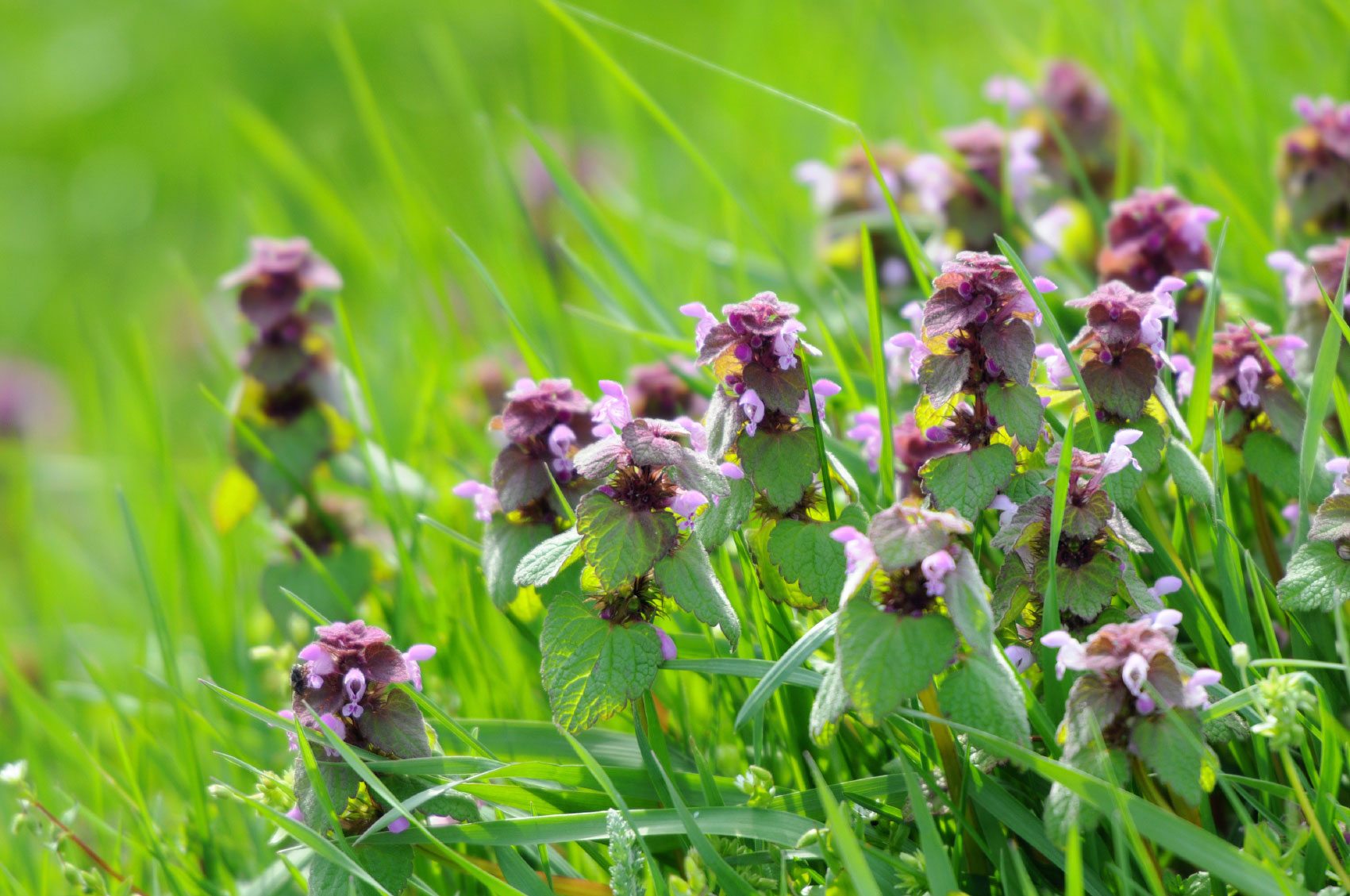Purple Deadnettle Control: Getting Rid Of Deadnettle Weeds


You don't have to be a die-hard gardener to keep a great-looking community of plants around your house. Many homeowners find a manicured and weed-free lawn to be just as pretty as any rose garden. When you're maintaining a sea of grass, every plant that isn't yours must be eradicated. Control of deadnettle is just one such task that turf keepers face year after year. It sounds tricky, but don't fear! We've got some deadnettle weed management pointers to help you with this formidable foe.
What is Purple Deadnettle?
Purple deadnettle (Lamium purpureum) is a common annual weed that belongs to the mint family, which explains why it's such a pest. Like other mints, purple deadnettle is an aggressive grower that spreads like wildfire anywhere it can get a foothold. You'll recognize it and its cousin, henbit, by their distinctive square stems that hold up an umbrella of tiny flowers and small, pointed leaves reaching up to an inch (2.5 cm.) long.
Deadnettle Control
Getting rid of deadnettle weeds is much more challenging than dealing with many other annual weeds because they tend to go to seed before mowing season even begins. Couple that with the thousands of seeds each plant can release persisting in the soil for years, and you've got one durable weed on your hands. One or two purple deadnettle weeds popping up in the lawn can easily be plucked by hand and disposed of as soon as they appear, but a larger population requires a more complicated solution. Growing a thick, healthy lawn is the first line of defense against these mint cousins since the grass will easily outcompete the weeds for nutrients and growing space. Consider planting a grass more compatible with the growing conditions if you've got a spot in the yard that's plagued with these plants. Sometimes, the thick shade a tree casts or a low spot that catches water can make it difficult for the grass that lives on the rest of your flat, sunny lawn to grow-- this is when you need a special grass blend. Check with your local nursery for grass seed better suited to these rough conditions. Post-emergence herbicides that contain metsulfuron or trifloxysulfuron-sodium can be used against purple deadnettle erupting in Bermuda grass or zoysia grass, but pre-emergence herbicides are much safer for other grasses. Be sure to apply pre-emergence herbicides in the late fall or early winter, before the purple deadnettle starts to germinate.
Sign up for the Gardening Know How newsletter today and receive a free copy of our e-book "How to Grow Delicious Tomatoes".

Kristi Waterworth was a regular contributor to Gardening Know How for many years, answering countless queries on plant pests and diseases.